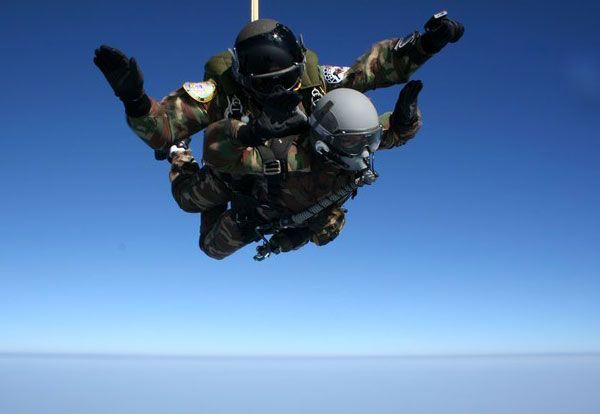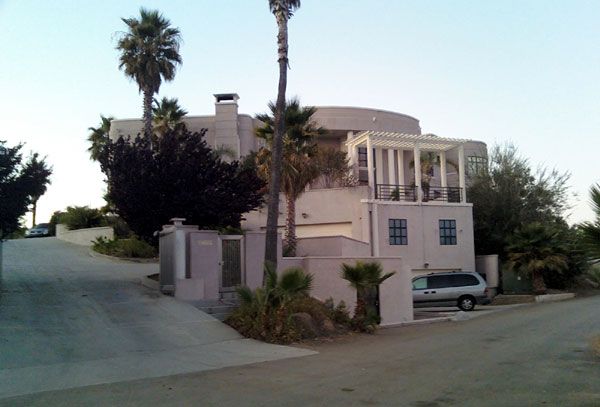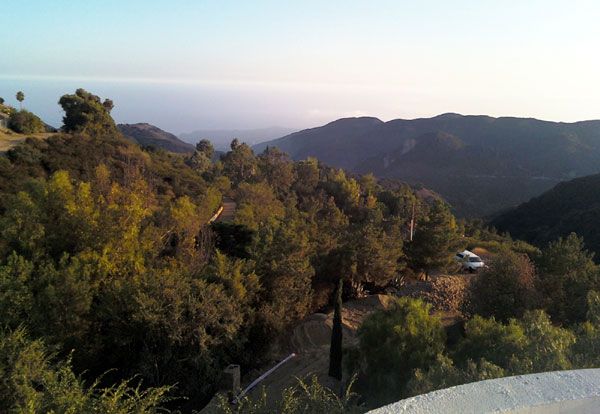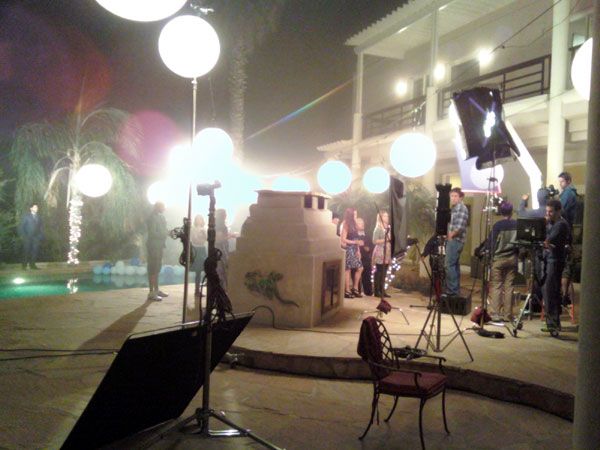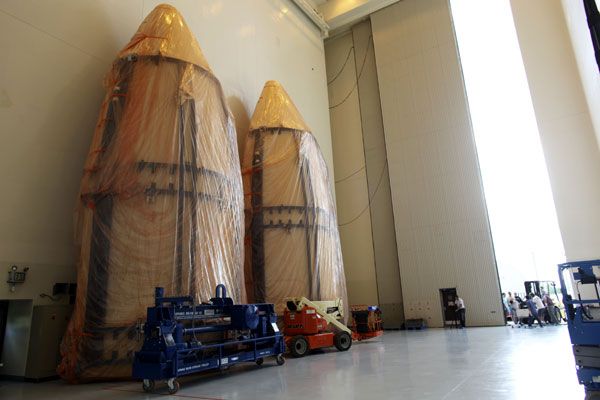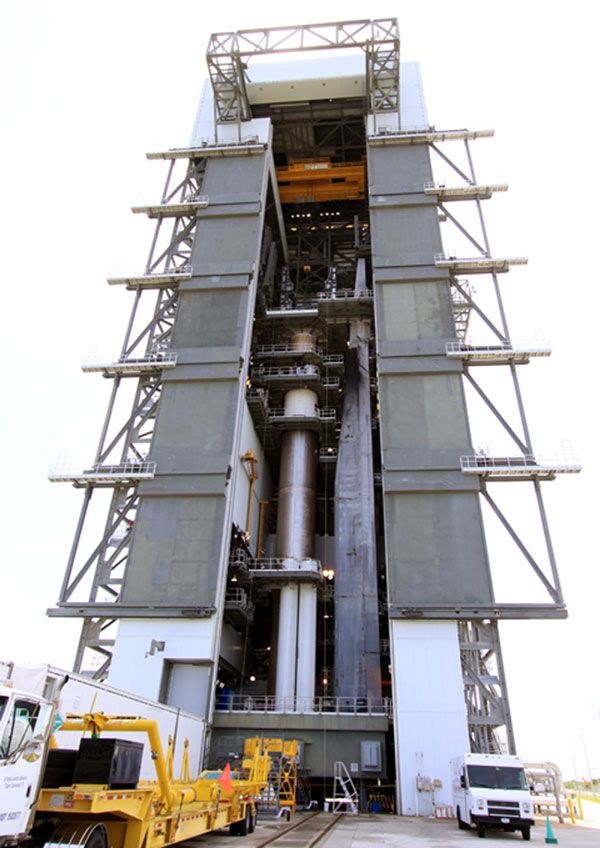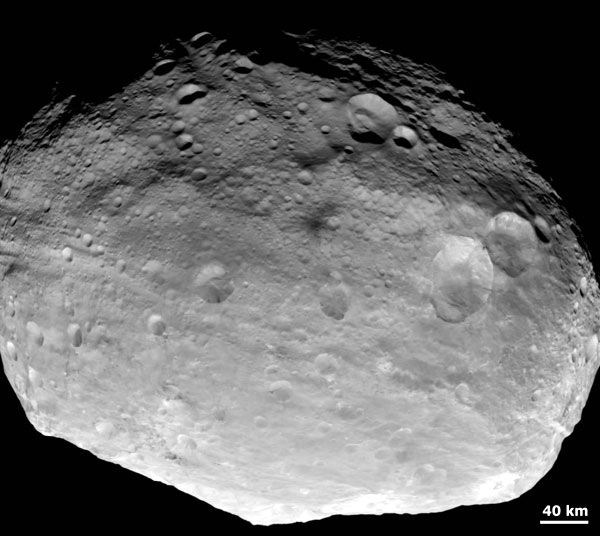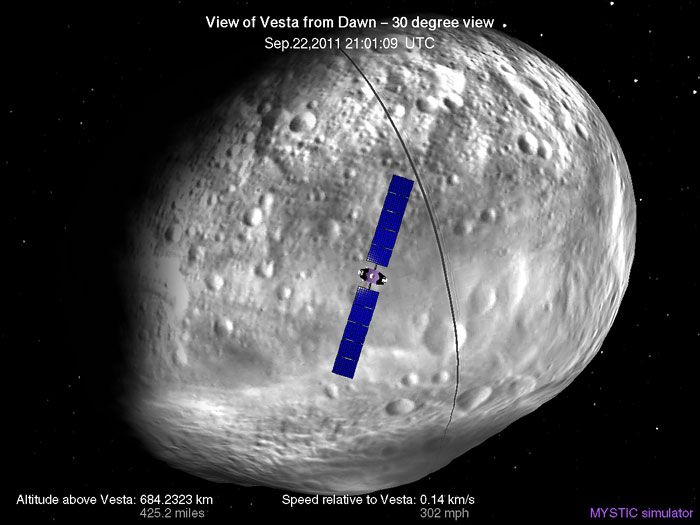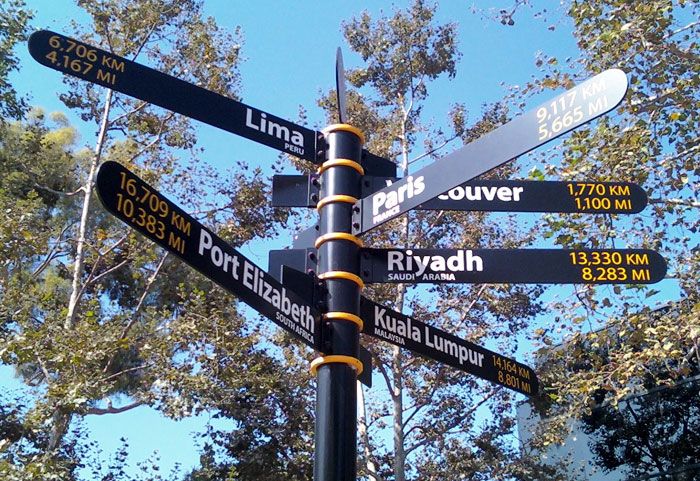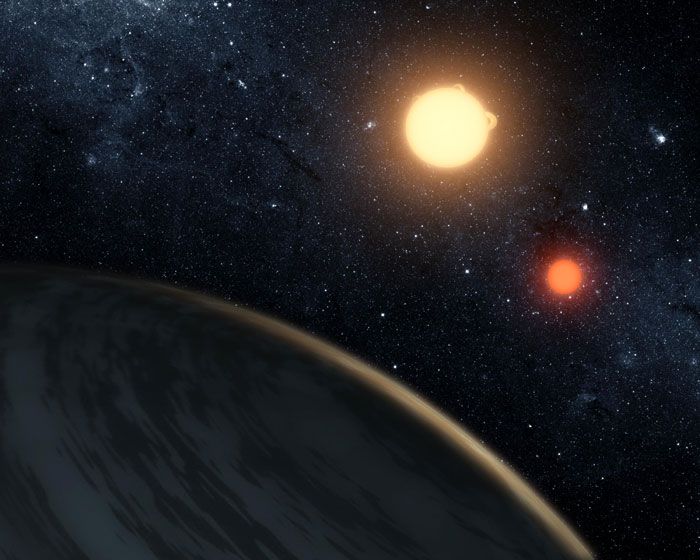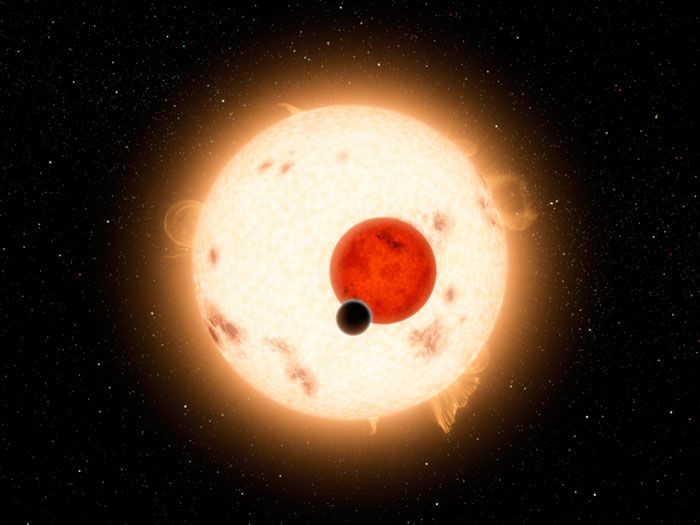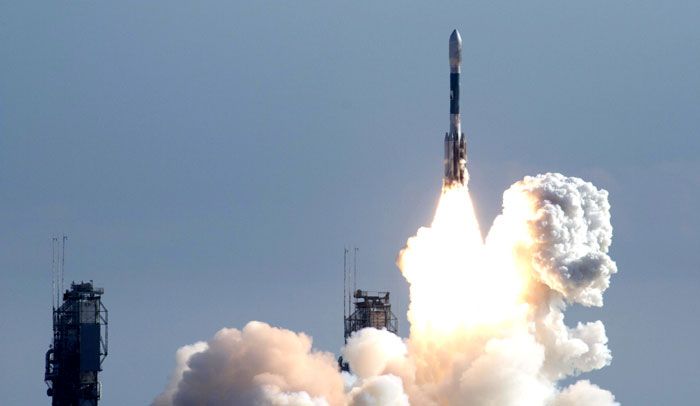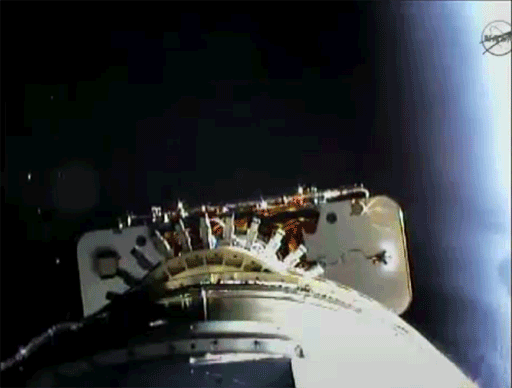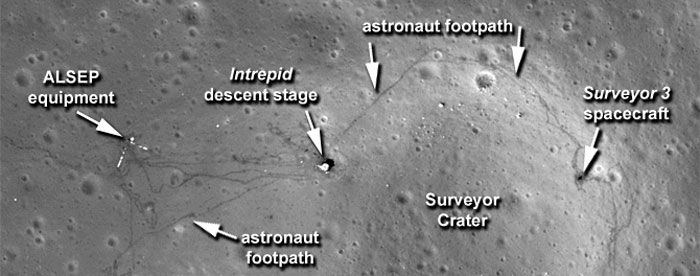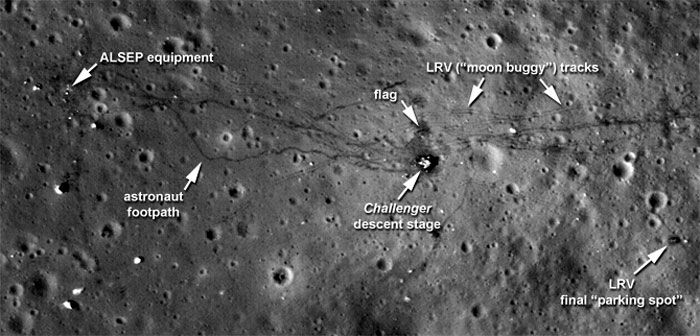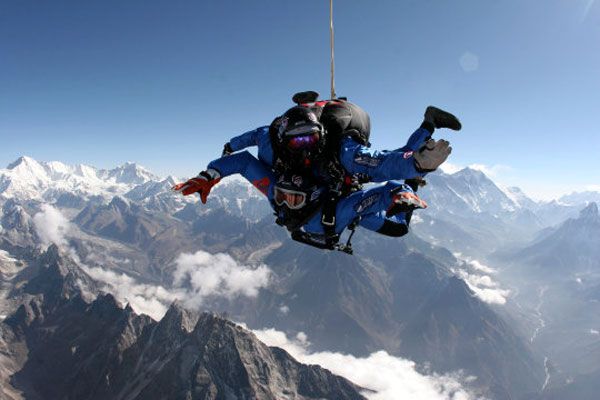
Everest Skydive
MT. EVEREST SKYDIVE... On the last day of the TV pilot shoot that I worked on a few weeks ago, the show’s production manager told me before we began filming how he was planning to go skydiving on his birthday next month—which was in response to seeing me wear a T-shirt that I got from Perris Valley Skydiving when I went there in May of 2006. During the conversation, he mentioned how you could jump out of an aircraft above the one landmark on Earth that is more than 15,000 feet taller than the 13,000 feet altitude that folks embarking on a normal tandem skydive would jump out of an airplane at: Mt. Everest!

Everest Skydive
According to Everest Skydive, which was launched in 2008, skydivers jump out of a plane at a height of 29,500 feet—which is only a couple of hundred feet higher than Mt. Everest (which currently stands at 29,028 feet... Yes, the mountain is getting taller inch-by-inch each year). I don’t know how long the freefall lasts, or how fast you’re traveling before the parachute opens, but what I do know is that skydivers wealthy enough to go on this trip would land at a Himalayan drop zone located 12,350 feet above sea level. Pretty cool. However...

Everest Skydive
If Everest skydivers are jumping out of a plane at 29,500 feet and landing on terra firma at 12,350 feet, it doesn’t take a math genius to figure out that you’re airborne—minus the aircraft—for 17,150 feet. That’s 'only' 4,000 feet higher than the standard skydiving altitude. And according to Everest Skydive’s booking prices, you’d have to dish out more than 20,000 dollars [Um, I think. The prices are listed in British pounds (or is that Nepalese rupees? Pardon my ignorance) on the website] for the trip...and that doesn’t even include airfare or lodging. As much as I want to frame an 8x10 photo on my wall showing me soaring in the air with the world's tallest landform in the backdrop, I prefer spending less money to fly to Tennessee and do a HALO Tandem skydive instead...
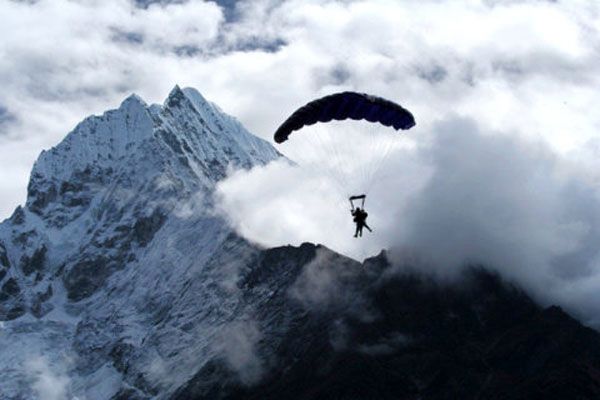
Everest Skydive
For $3,495 (excluding airfare and lodging), you can jump out of an aircraft at 30,000 feet and freefall during a tandem skydive for 2 minutes at a speed of 200 mph before touching down at a drop zone that is right at sea level. For $1,800 (excluding airfare and lodging), you can jump out of an airplane at 23,000 feet and freefall at the same speed (I think) as a 30,000 feet skydive. (These prices are courtesy of The H.A.L.O. Loft.) Either way, you’re suspended in the air a lot longer in these two drops than you would on the Everest trip. But if I myself had the money, I’d go skydiving on the East Coast and in the Himalayas. If I had to chose one, though, I’d pick the HALO Tandem. Obviously. Apart from the much cheaper prices, I want to wear the cool military jumpsuit and fighter pilot helmet shown below. That is all.
